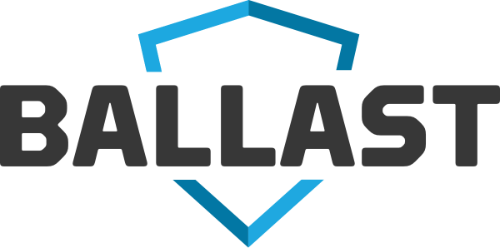With increased attention being paid to risk management as a key driver for business success, more companies are dipping a toe into a pool of software tools designed for governance, risk, and compliance (GRC). For the past several years, GRC has been migrating to “all-in-one” approach for managing an organization’s overall governance, enterprise risk management, and compliance with regulations. While the goal is attractive, many companies have been challenged to implement these new tools.
Last year, leading research company Gartner announced the company is “is shifting focus away from GRC and expanding its risk technology research through the planned publication of the first Magic Quadrant for Integrated Risk Management (IRM).” This consolidation is driving software vendors to cram even more functionality into already complex products.
As such, GRC software and new Integrated Risk Management Programs can create significant challenges when it comes to helping IT, cybersecurity, and compliance professionals manage their programs.
4 Challenges of GRC Software and IRM Programs
While extremely mature organizations may benefit from one of these integrated solutions, most need a simple way to identify and respond to the risks that truly matter to their business. Here are four reasons why GRC software (or the new IRM programs) can create challenges for today’s cybersecurity professionals:
- It’s insanely expensive. GRC software (and the new IRM programs) can be expensive. Between software and implementation, a GRC solution can cost your organization hundreds of thousands of dollars.
- It’s difficult to get started. Creating a GRC roadmap isn’t easy. It takes an extraordinary amount of time and can often lead to organizational fatigue, while also straining operations and resources.
- It’s even more complicated to keep up. Not only is the implementation process complex, GRC and IRM programs can create ongoing work and challenges for IT professionals. Many projects die on the vine, well short of the original goal.
- It can be even more expensive to maintain. Long and complex implementation may bring unforeseen expenses such as extra training, support, additional software, and updates. In some cases, you may even have to hire additional IT professionals to help implement and maintain the system.
BALLAST: A Better Alternative to GRC and IRM
Our team at LBMC Information Security has had a front-row seat to the obstacles and challenges created by GRC software and IRM programs. That’s why we created BALLAST to be an inexpensive, easy-to-use solution for an organization’s risk management efforts.
With BALLAST, you have the same access and control over the key problems and processes originally intended to be managed through GRC and IRM:
- Operational Risk Management—In addition to identifying and evaluating risks associated with specific threats, BALLAST helps you identify and remediate control weaknesses that create vulnerabilities within your program.
- Security Risk Management—BALLAST makes it easy for you to take a proactive approach to information security risk management by providing a tool that identifies potential security threats and supports your efforts for mitigating the risks.
- Vendor Risk Management—In addition to internal assessments, BALLAST makes it easy to extend your risk management program to your vendors and supply chain. You can easily identify which vendors provide the greatest levels of risk and manage those relationships accordingly.
- Control Self-Assessment—Pre-packaged with leading control frameworks, BALLAST will help you identify areas of non-compliance as well as ensure you are ready for internal and third-party controls and compliance audits.
To learn more about how BALLAST can help you take a more comprehensive, yet affordable, approach to risk management and compliance, connect with our team today.



